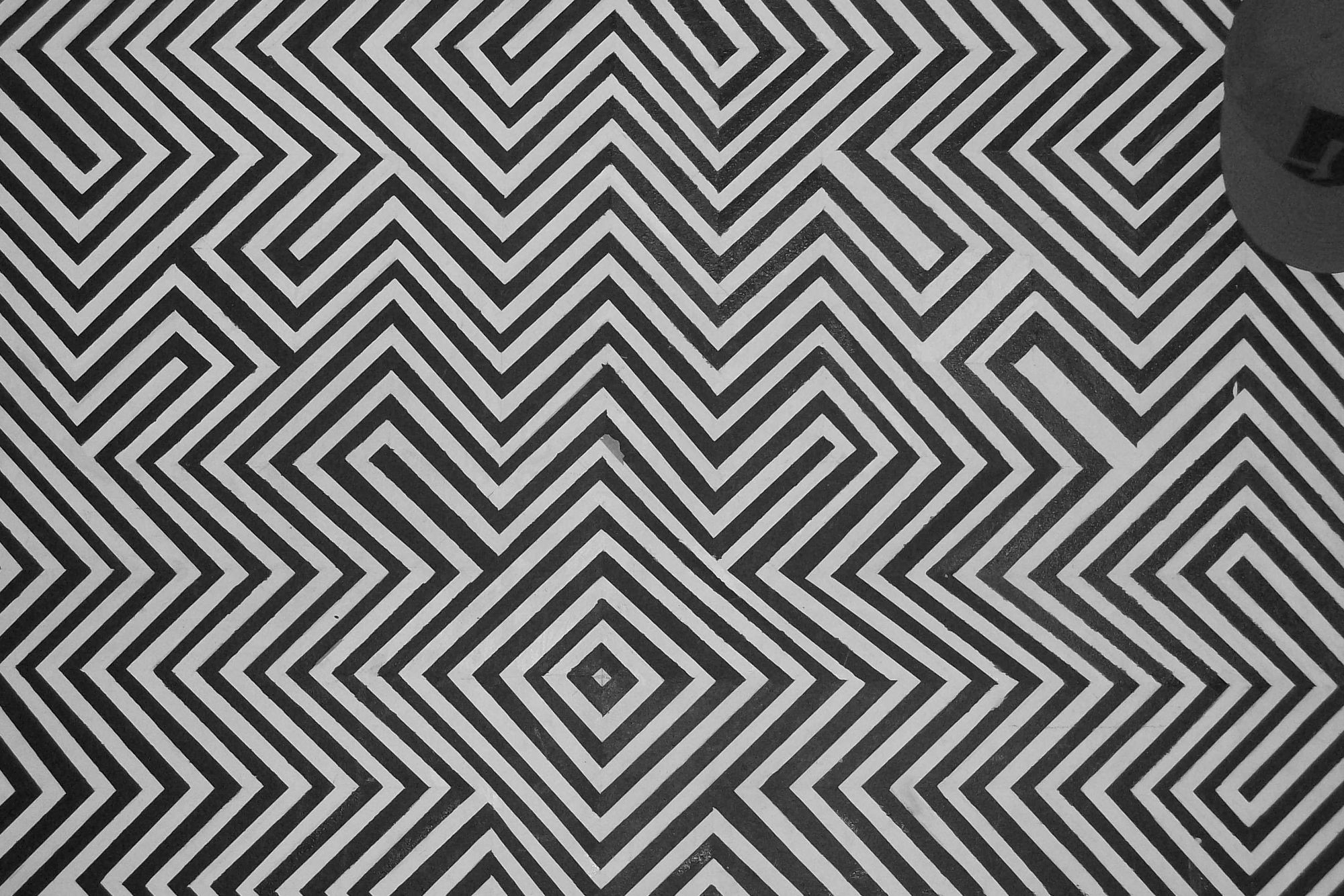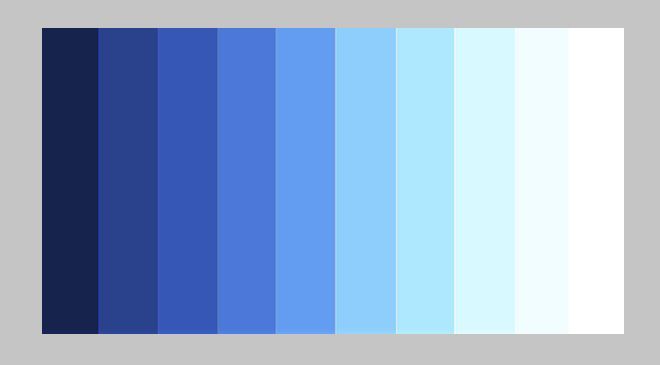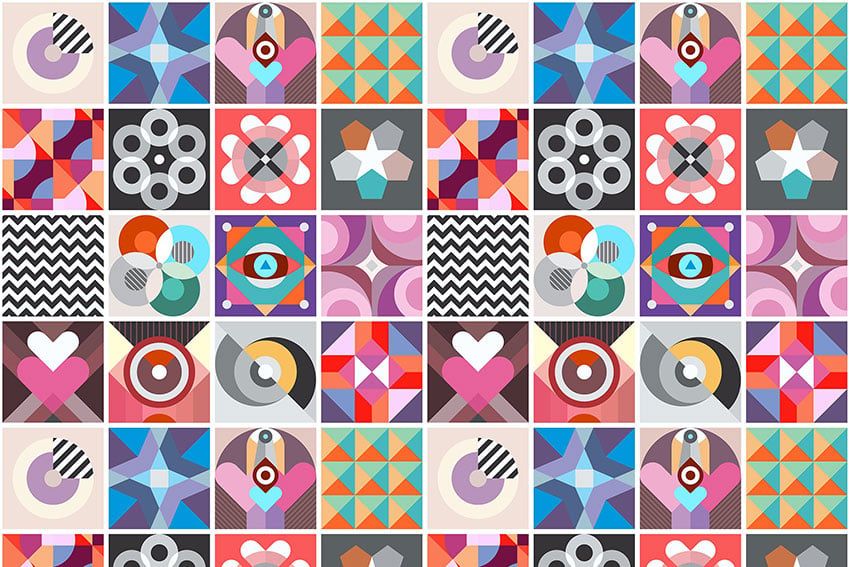Welcome to the world of design, where creativity and aesthetics come together to create captivating visuals that leave a lasting impression. Whether you're a seasoned designer or someone exploring the realm of design for the first time, understanding the fundamental elements of design is crucial to crafting stunning and harmonious compositions. In this article, we will delve into the core elements of design, including lines, shapes, forms, space, colors, values, and textures, and explore why comprehending these principles is essential for creating impactful visual experiences.
What Are the Elements of Design?
Design is a multidimensional art form that involves various elements working together harmoniously. Each element plays a crucial role in shaping the overall visual composition.
Let's take a closer look at these elements:

Elements of Design: Line
Lines are the fundamental building blocks of design, serving as pathways that guide the viewer's eye and create a sense of movement. They can be straight, curved, zigzagged, or implied. Straight lines often symbolize stability and order, while curved lines evoke a sense of grace and flow. The strategic use of lines can add dynamism and direction to a design, leading the viewer's gaze to important focal points or creating a sense of balance and harmony.

Elements of Design: Shape
Shapes are two-dimensional figures that can be either geometric or organic. Geometric shapes, such as squares, circles, and triangles, convey a sense of structure and order, while organic shapes, like those found in nature, evoke feelings of fluidity and spontaneity. By manipulating shapes, designers can establish a sense of hierarchy and create visual interest, making certain elements stand out while maintaining overall coherence.

Elements of Design: Form (Positive Space)
Form refers to the three-dimensional aspect of an object, providing it with depth, volume, and mass. In a two-dimensional design, form is represented through shading, shadows, and highlights, giving the illusion of a solid object. Understanding form is vital for creating realistic and visually appealing designs, as it allows for the depiction of lifelike objects and characters with depth and dimension.
Elements of Design: Space (Negative Space)
Space, also known as negative space, is the area surrounding and between the elements in a design. Just as important as the objects themselves, negative space influences the overall composition's balance and readability. Properly managing negative space can enhance the visual impact of a design, making it feel more open, airy, and harmonious. It can also help guide the viewer's attention and provide a sense of breathing room amidst various elements.

Elements of Design: Color
Color is one of the most powerful and expressive elements in design. It evokes emotions, sets moods, and communicates messages. The color wheel serves as a guide for understanding the relationships between colors, such as complementary, analogous, and monochromatic schemes. Skillful use of color can reinforce the overall theme of a design, create focal points, and establish visual hierarchy. Designers must consider the psychological impact of different colors on the audience to evoke the desired emotional response.

Elements of Design: Value
Value refers to the lightness or darkness of colors and tones within a design. By using shades and tints, designers can add depth, volume, and contrast to their compositions. Proper manipulation of value helps create a sense of form and texture, making objects appear more realistic and three-dimensional. Skillful use of value can also lead to visually striking designs that capture the audience's attention and convey a particular mood or atmosphere.

Elements of Design: Texture
Texture is the surface quality of an object or image, whether it's perceived as smooth, rough, soft, or hard. It can be both tactile, something you can physically touch, or visual, an illusion created through artistic techniques. Incorporating texture into a design adds richness and complexity, making it more visually engaging and inviting. Designers can use texture to evoke specific feelings or themes, such as using a rough texture for a rustic, earthy vibe or a smooth texture for a modern, sleek look.
Why You Should Understand the Core Design Elements?
Now that we've explored the fundamental elements of design, you might wonder why it's essential to grasp these concepts.
Understanding these elements is crucial for several reasons:
- Enhance Visual Communication: A solid grasp of design elements allows you to communicate ideas more effectively. By strategically using lines, shapes, colors, and textures, you can ensure your message resonates with the audience and elicits the desired emotional response.
- Create Impactful Designs: Knowing how to manipulate the elements of design empowers you to create visually striking and memorable compositions. It enables you to evoke emotions, establish focal points, and direct the viewer's attention in a purposeful manner.
- Establish Brand Identity: For businesses and organizations, consistent and thoughtful use of design elements helps establish a strong brand identity. By incorporating specific colors, shapes, or textures that align with the brand's values, you can create a recognizable and memorable visual presence.
- Improve User Experience: In web design and other user-centric fields, understanding design elements is crucial for creating intuitive and user-friendly interfaces. Proper use of space, contrast, and organization enhances usability and ensures a pleasant user experience.
- Expand Creative Possibilities: Mastery of design elements opens up endless creative possibilities. You'll have the tools and knowledge to experiment with various styles and aesthetics, allowing you to stay fresh and innovative in your work.
Put Elements in Order for Ease
While each design element plays a unique role, they are not independent entities but rather interconnected aspects that contribute to the overall composition. To achieve a harmonious design, consider the following order:
Conclusion
Understanding the elements of design is essential for creating visually captivating and harmonious compositions. Lines, shapes, forms, space, colors, values, and textures work together to communicate ideas, evoke emotions, and establish a strong brand identity. By mastering these elements, designers can expand their creative possibilities and deliver impactful visual experiences. So, whether you're crafting a website, designing a logo, or creating an illustration, remember to harness the power of design elements to leave a lasting impression on your audience.

FAQs - The Essential Elements of Design
What are the elements of design?
The elements of design are fundamental components that form the basis of any visual composition. They include lines, shapes, forms, space (negative space), colors, values, and textures. These elements work together to create harmony, convey messages, and evoke emotions in a design.
Why are the elements of design important in visual communication?
Understanding the elements of design is crucial in visual communication because they allow designers to effectively convey ideas and messages to their audience. By strategically using these elements, designers can guide the viewer's eye, create focal points, and establish a cohesive and visually appealing composition.
How can lines influence a design?
Lines play a vital role in directing the viewer's gaze and creating a sense of movement within a design. Straight lines can convey stability and order, while curved lines evoke grace and flow. By utilizing lines effectively, designers can lead the audience's attention to specific elements and create a dynamic visual experience.
What role does color play in design?
Color is a powerful design element that can evoke emotions, set moods, and communicate messages. Different color schemes can influence the way people perceive a design and elicit specific responses. Designers must consider the psychological impact of colors to achieve the desired effect and reinforce the overall theme of the composition.
How do designers use negative space in their designs?
Negative space, also known as space or white space, is the area surrounding and between the elements in a design. Skilled use of negative space enhances the overall composition's balance and readability. Designers use negative space to create breathing room, guide the viewer's attention, and add a sense of openness and harmony to their designs.


